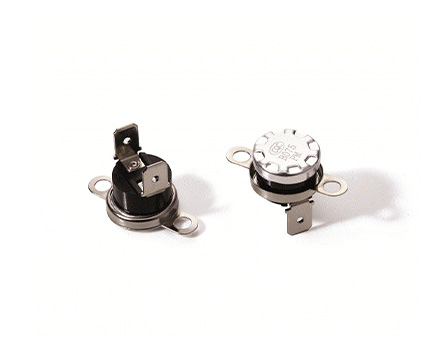
Thermal cutoff, also known as thermal fuse, is a new type of electrical overheating protection element. This component is usually installed in easily heated electrical appliances. In case of electrical failure and heating, when the temperature exceeds the abnormal temperature, the Thermal cutoff will automatically cut off the power supply to prevent electrical fire. In recent years, most of China's household electrical appliances with the main function of heating, such as Rice cooker, electric buckets, electric furnaces, etc., have been installed with Thermal cutoff. However, in case of internal failure of parts, Thermal cutoff can cut off the power supply in time to prevent further damage to the appliances and end the fire caused by this. Like the familiar fuse, the Thermal cutoff is usually only used as the power channel on the circuit. If it does not exceed the rated value, it will not open circuit and will not have any impact on the circuit. The circuit will only open when an electrical fault generates abnormal temperature.
This is different from fuse fuses, which blow due to the heat generated when the rated current is exceeded in the circuit.
Thermal cutoff is characterized by accurate fuse temperature, high voltage resistance, small size and low cost. Mark the rated temperature value and rated current value on the housing of Thermal cutoff, which is easy to identify and use. It can be widely used in electrical equipment, electric heating equipment, practical appliances, and other occasions for overheating protection.
The Thermal cutoff mainly has the following parameters:
① Rated temperature: Sometimes referred to as action temperature or fuse temperature, it refers to the temperature that rises to the temperature at the time of fuse at a rate of 1 ℃ per minute without load.
② Fusing precision: refers to the difference between the actual fusing temperature of the Thermal cutoff and the rated temperature.
③ Rated current and rated voltage: the nominal current and voltage of general Thermal cutoff have certain margin, usually 5A and 250V.
Read recommendations:
how to install bimetal thermostat
resettable surface mount fuse.The selection of fuses involves the following factors